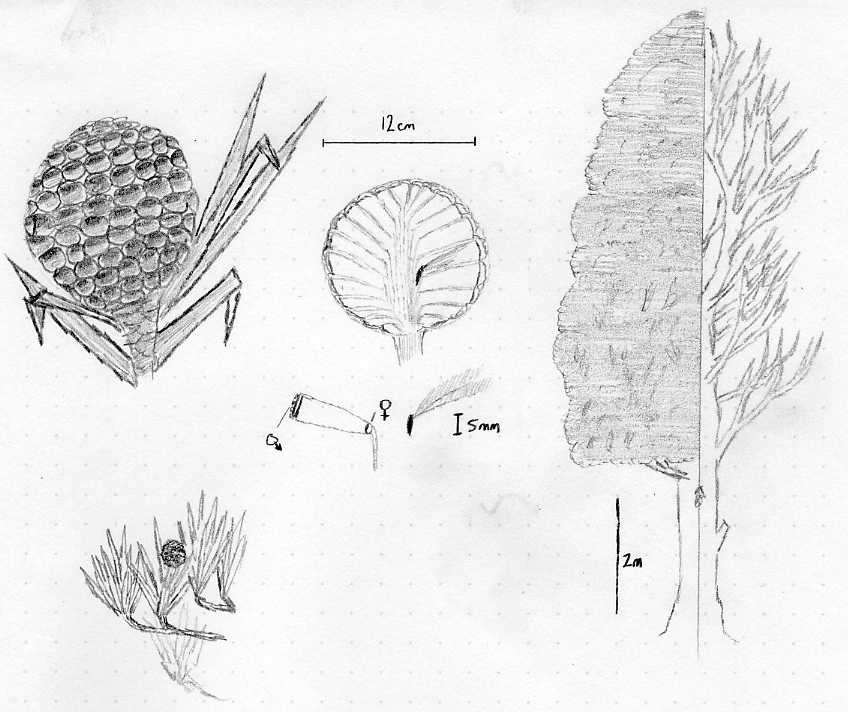

Eydamma Tree

Name:
Eydamma (hot-sweet) Tree
Indigenous:
Trenoret, species is native to the subtropical regions of Thurl, Hajahn and
Jarok.
Use:
Predominantly as a spice, secondarily a tea plant.
Habit:
Initially forms upright shrubs which develop into small trees 10-12m tall
depending on species. Most cultivars exhibit a narrow columnar habit, though
dwarfs and wider canopied types are also cultivated.
Favoured
conditions: Is naturally found on dryer scabland, as one of the major species of
tree, though not entirely drought tolerant it prefers arid conditions. It can
withstand cold winters and high altitude though prefers a gentle climate.
Structure:
The tree has a deep root system which descend in the same habit as the surface
part of the tree, the roots are frequently many metres deep to reach what scarce
water their climate allows them. Above the ground the tree forms a narrowly
columnar shape, and is very dense with both leaves and branches, most young
trees exhibit a kind of tapered, apical habit, though they can be come flattened
with age.
Foliage:
The leaves are narrow, and in some cultivars, finely dentated. They form as
spiral rosettes around the growing tips, and grow from the branches in an
upright fashion. Some species show varying adaptations to their arid
environment, some with silvery leaves, others with more downy hair to prevent
moisture loss.
Flowering
and fruits: Some of the developing shoots specifically form fruits surround with
a rosette of leaves, the flower is a kind of modified bud with the conical
flowers packing tightly in tiered whorls so that the whole structure is quite
spherical. The whole flower cluster is quite strong, and the individual flowers
relatively inflexible. Each cone of the flower has at one end a hinged wooden
flap, the outer surface of which initially produces and sheds pollen, inside the
flower at the tapered end is the receiving hairs surrounding the female ovum.
The inner walls of the flower are veined with scent producing cells, these
generate a nectar at pointed end of the flower. On fertilization a downy seeds
develops in the cone and is retained until either shaken out of the flower head,
or in the event of fire.
Cultivation:
The cultivation of the Eydamma tree is straightforward, and requires little
arboriculture, even now it is not generally commercially produced, but rather
occasionally planted in small stands on favourable ground. Most plants are
derived by cuttings, mostly because this is a quicker route to a full grown
tree, though the seeds are generally true to species, but can be difficult to
germinate (some require burning).










